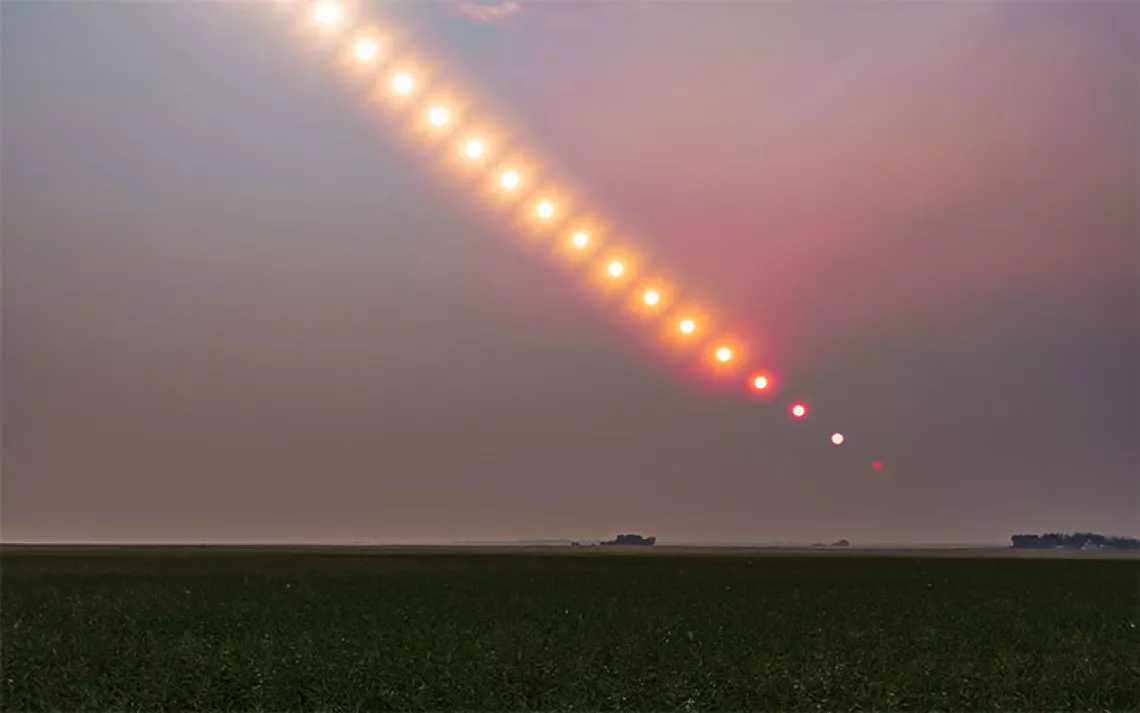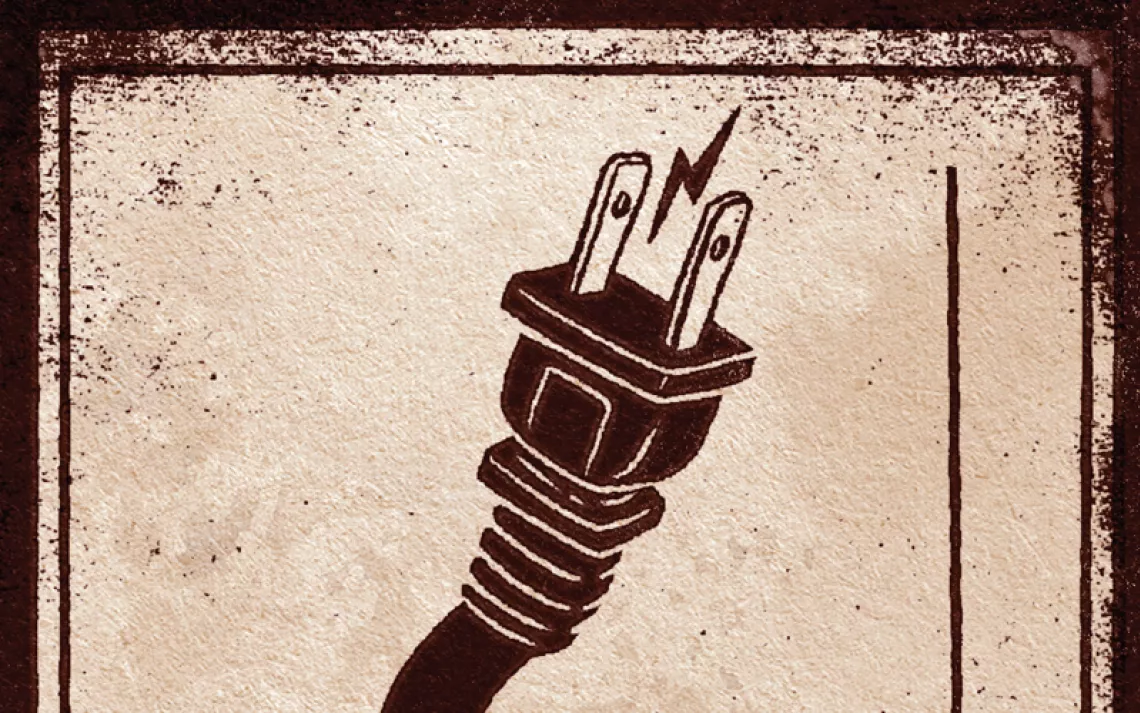Solar Geoengineering Could Wreak Havoc on the Planet
To respond to climate change, we should focus on ramping down fossil fuels

Let's be honest: The window of opportunity to keep the average global temperature rise below 2.7°F (1.5°C) is rapidly closing. That has prompted some prominent climate scientists to call for accelerated research into solar radiation management, or solar geoengineering. Congress even requested a preliminary report on the matter, which the White House quietly released in June. Dimming the sun to slow down global warming might buy us some time. But it would also come with significant risks.
HOW IT'S SUPPOSED TO WORK
By artificially cooling the planet, proponents say, we can keep our climate in check while we figure out how to reduce our reliance on fossil fuels. There are several possible solutions.

Stratospheric aerosol injection
With this method, a plane or a high-altitude weather balloon would inject sulfur dioxide into Earth's stratosphere. The gas would then transform into highly reflective particles that bounce back a fraction of the sunlight hitting the atmosphere. This approach takes inspiration from large volcanoes like Mt. Pinatubo in the Philippines, which temporarily dropped the global temperature by half a degree Celsius after its eruption in 1991.

Marine cloud brightening
Small cloud droplets would be created by spraying a saltwater mist right above the ocean. Doing so would create brighter low-lying clouds that reflect sunlight before it has a chance to warm the planet.

Cirrus cloud thinning
Thin, wispy cirrus clouds warm the planet by trapping infrared radiation. One way to offset the warming would involve injecting yet another type of particle into the atmosphere to interact with the clouds and thin them out.
WHAT COULD GO WRONG?
Many critics argue that solar geoengineering is merely a theoretical techno-fix that would do little to solve the climate crisis while distracting us from the one clear solution we know works: drawing greenhouse gas emissions down to zero.
A moral hazard
Geoengineering could encourage polluters to keep polluting instead of doing the more critical work of cutting planet-warming gases such as carbon dioxide and methane.
Unintended consequences
Even if we could use solar geoengineering to reduce the average temperature of Earth, the cooling effects wouldn't be uniform across the globe. Inconsistent cooling could cause changes in precipitation patterns and in turn affect food and water security. For example, some models suggest that stratospheric aerosol injection could disrupt the Asian and African summer monsoons, which are crucial for agriculture. Meanwhile, the sulfur particles that some geoengineering methods use could cause air pollution and increase acid rain. Messing with the atmosphere could even turn the sky white.
Climate whiplash
What happens when we no longer want to cool the planet? There's no quick way to pull the plug on solar geoengineering. Stopping cold turkey would cause any carbon dioxide in the air to rewarm the planet faster than before—a phenomenon researchers have dubbed “termination shock.”
Who gets to choose?
Tampering with the global thermostat creates a whole range of questions without clear answers. Who will authorize solar geoengineering? Will one country have sole authority to decide a global temperature for everyone else? What if tropical countries want it cooler while Arctic nations want it warmer?
THE UPSHOT
Solar geoengineering is not a solution for climate change. Even as a stopgap response, it's risky. We shouldn't be relying on technologies that not only are theoretical but also carry their own unique set of devastating hazards. Right now, our first priority should be to pull away from fossil fuels. Then we can talk.
Why are billionaires and Silicon Valley executives the main proponents of dimming the sun? sc.org/srm
 The Magazine of The Sierra Club
The Magazine of The Sierra Club







